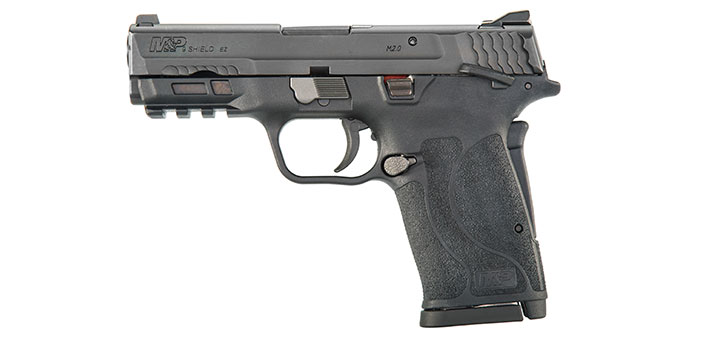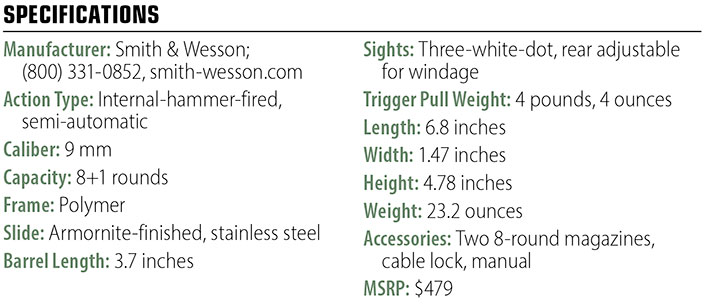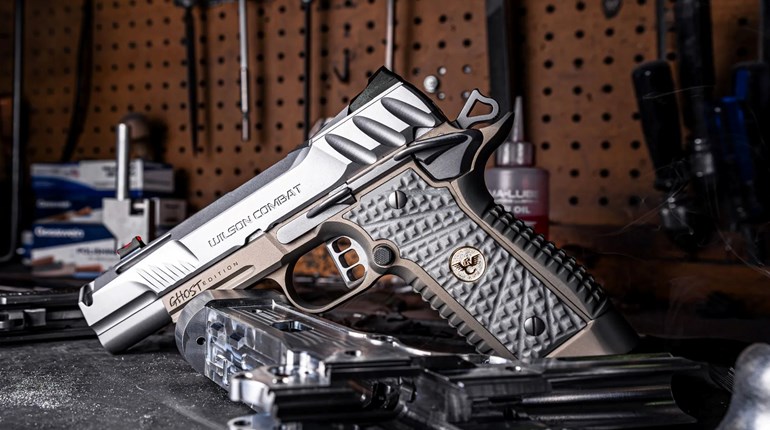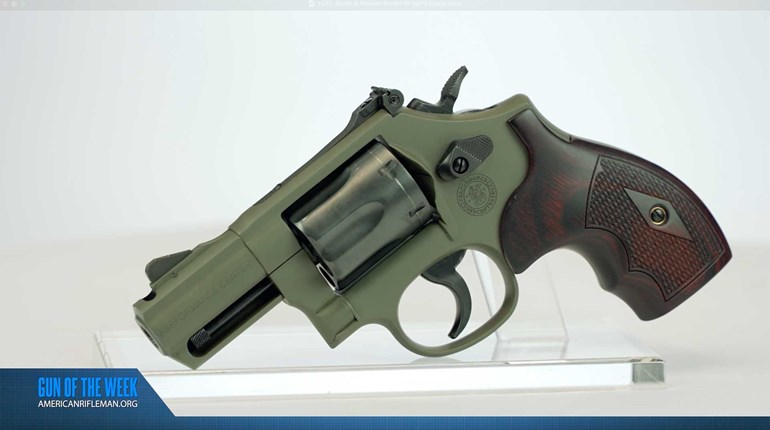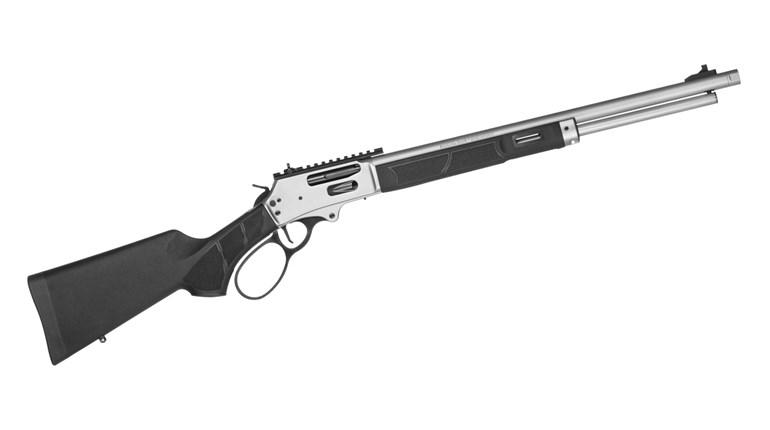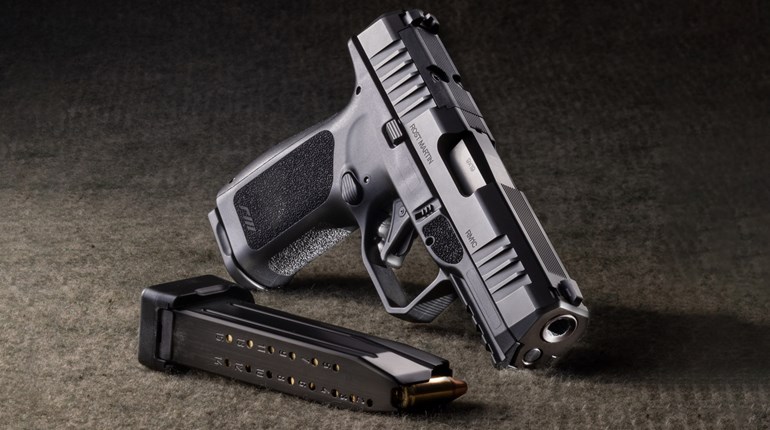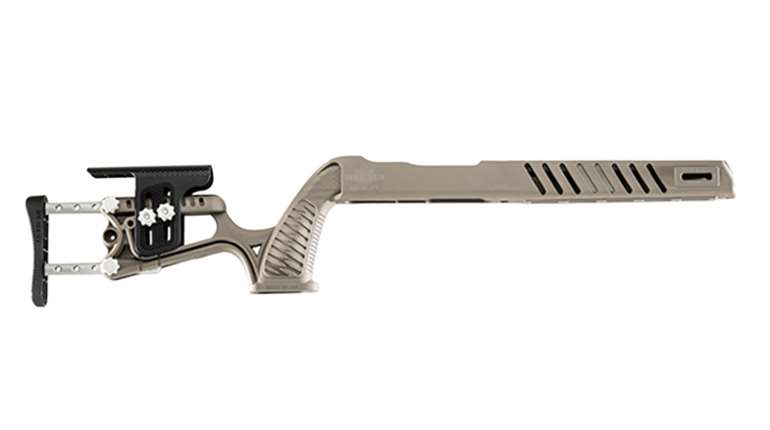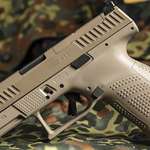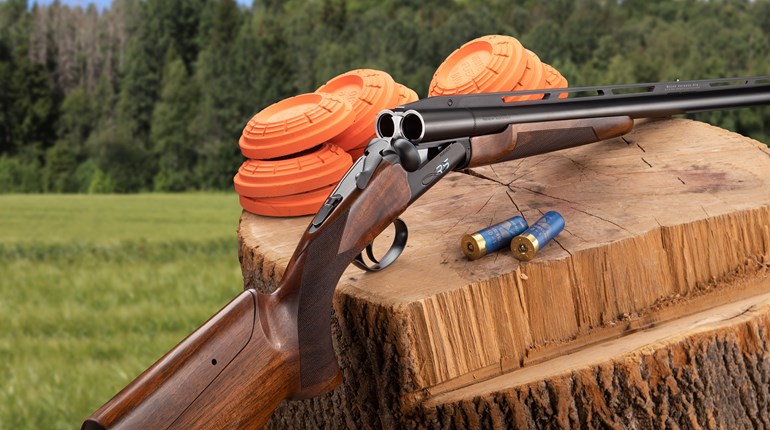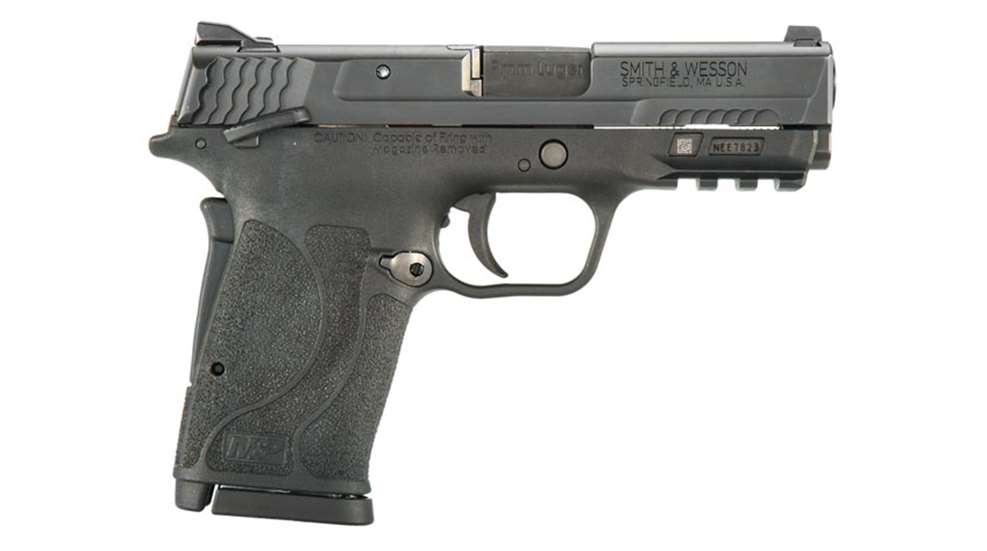
Due to the meteoric rise in the number of carry permits has caused a number of people to enter the handgun-purchasing market who are unlikely to be able to close a “Captains of Crush” hand exerciser. Whether an older person with arthritis, a small woman without a lot of grip strength or a person with an infirmity that has left them less than 100-percent, strength-wise, a typical duty pistol may be too much of a challenge to load and make ready, and even the trigger on a double-action revolver might be too much. Smith & Wesson is among the many manufacturers that would like to help these people be able to access an efficient means of self-defense. The conventional wisdom seems to be that it’s unwise to be seen as marketing too directly to this group, lest the pistol be seen as “only for weaklings and old people” and so we have the subject of today’s test: the recently introduced M&P9 Shield EZ.
“M&P,” of course, designates it as part of Smith’s “Military & Police” line, which currently consists of polymer-frame duty pistols bearing a name evocative of the old service revolvers that used to populate the majority of law enforcement holsters in our nation. The “Shield” is the subcompact, concealed-carry, single-stack member of the M&P family. It’s only the “EZ” designator that lets you know something might be different under the hood.
Originally launched as a .380 ACP, the EZ is now offered in 9 mm. Externally, the biggest giveaway that this is a new design is the prominent grip safety. The reason for the grip safety is that, other than the name and some external styling cues, the EZ has little in common with the run-of-the-mill M&P line.
M&P pistols, and their regular Shield single-stack offspring, are striker-fired guns. The EZ actually uses an internal hammer. In a hammer-fired pistol, the act of cocking the hammer provides much of the initial braking force on the slide, and this allows for the use of a much lighter recoil spring. The use of a lighter recoil spring means the slide is much less difficult to cycle manually, hence the use of the “EZ” designator.
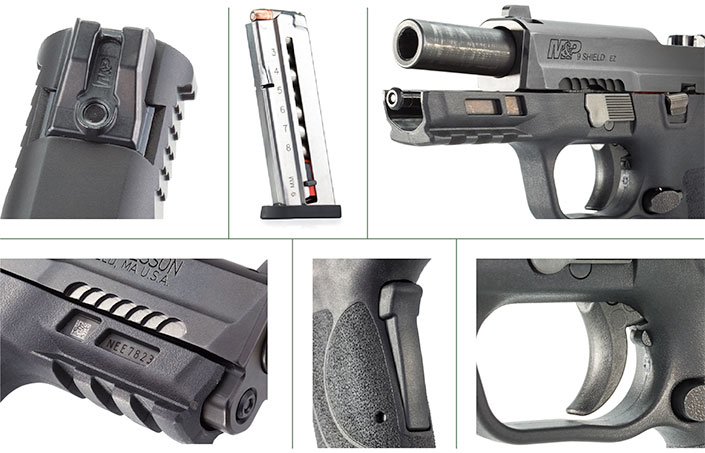
Since the hammer is internal, unless one dry-fires the empty pistol, the hammer is always cocked, and the slide is ridiculously easy to function compared to an equivalent striker-fired design (like the Smith & Wesson M&P pistols the EZ resembles).
Of course, since the hammer is always cocked, the EZ is a true single-action pistol and hence the provision of a grip safety, which enhances drop safety, among other things. Being a single-action pistol with a grip safety, the curved trigger has a smooth face that is devoid of tabs or hinges. The trigger on the test gun broke at a pleasantly consistent 4.25 pounds of pressure after just a short and fairly weightless take-up.
Externally, the EZ follows the current “M2.0” aesthetic of the M&P line, with abbreviated forward-cocking serrations along the bottom edge of the slide, the fish-scale pattern rear serrations and a grippy, coarse texture on the frame. The test gun had three-dot sights, with the rear being drift-adjustable for windage and of the sort of “anti-snag” profile that also hinders using it for one-handed slide manipulations on a belt, holster mouth or available hard edge.
While the EZ has a slide release only on one side, the test gun had ambidextrous thumb safeties and a reversible magazine catch, so southpaws aren’t left in the cold. Instead of using the slide release, a left-hander who used the overhand grip on the slide to send it home would find that there were a pair of prominent “ears” on the back of the slide to make doing so easier.
Those ears, along with the light recoil spring, are among the touches that make this pistol “EZ” to operate. Another is that the single-stack eight-round magazines have tabs attached to the followers that travel in slots on the magazine body. This allows the user to easily hold the follower in a depressed position while feeding rounds into the magazine, similar to .22 LR-style magazines.
The pistol was easy to function and fire and, while no target pistol, performed adequately for a subcompact 9 mm at 15 yards off a benchrest. The very usable single-action trigger certainly didn’t hurt in this department; if anything, the fairly coarse sights were the weak link here.
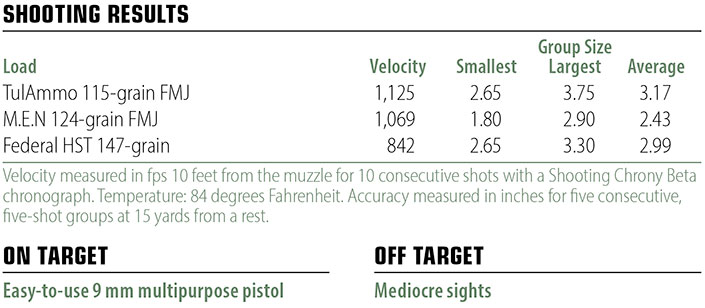
The only downside experienced was that the lightweight recoil spring, while easy to cycle, also initially had a hard time closing the slide with the Sellier & Bellot and TulAmmo range ammunition. A little judicious working of the extractor claw, however, soon solved the problem. No other issues arose during testing.
The M&P9 Shield EZ brings the capability of a compact 9 mm single stack to people who might not be able to use a conventional, striker-fired semi-auto; a good thing, indeed.
